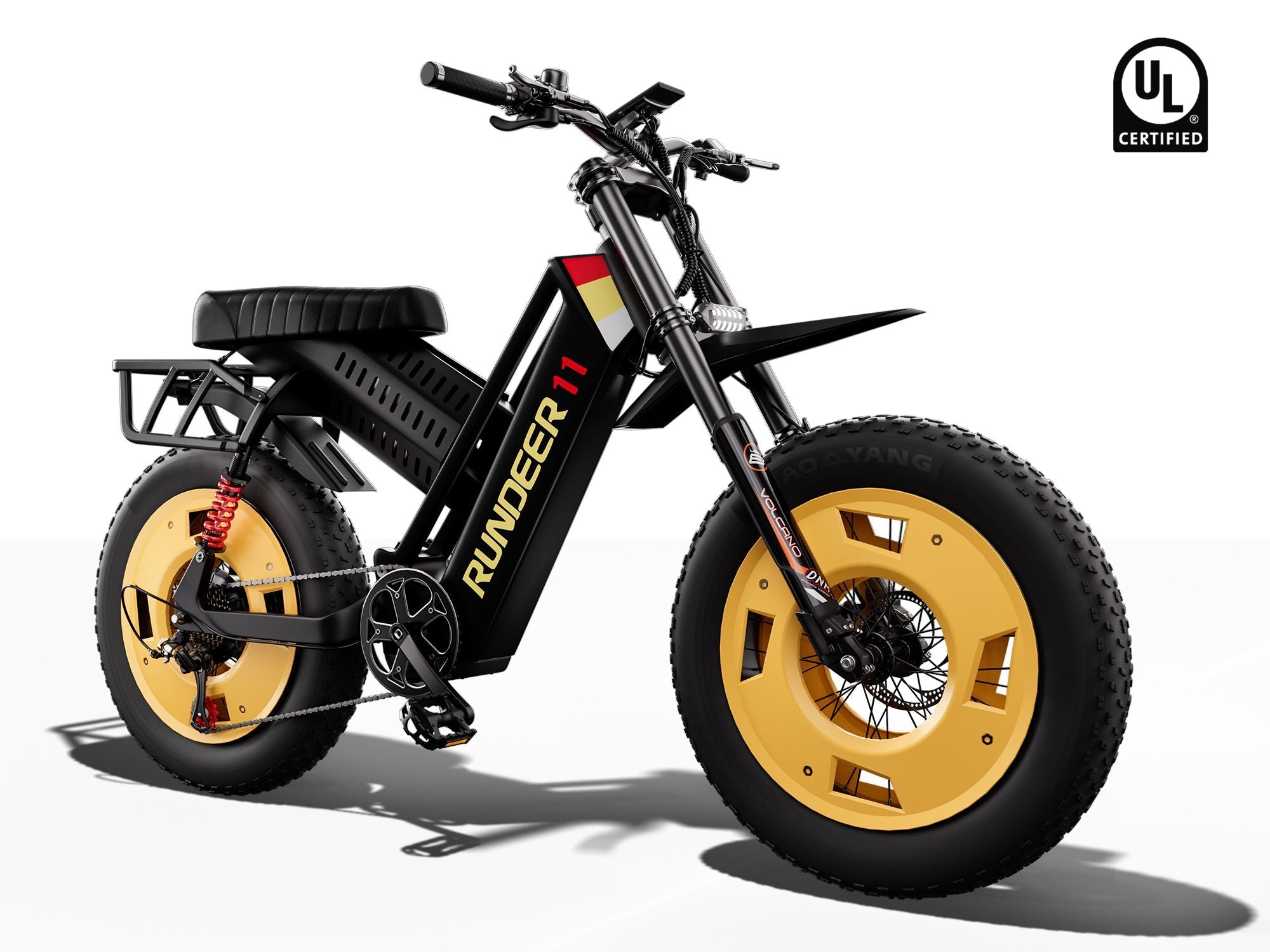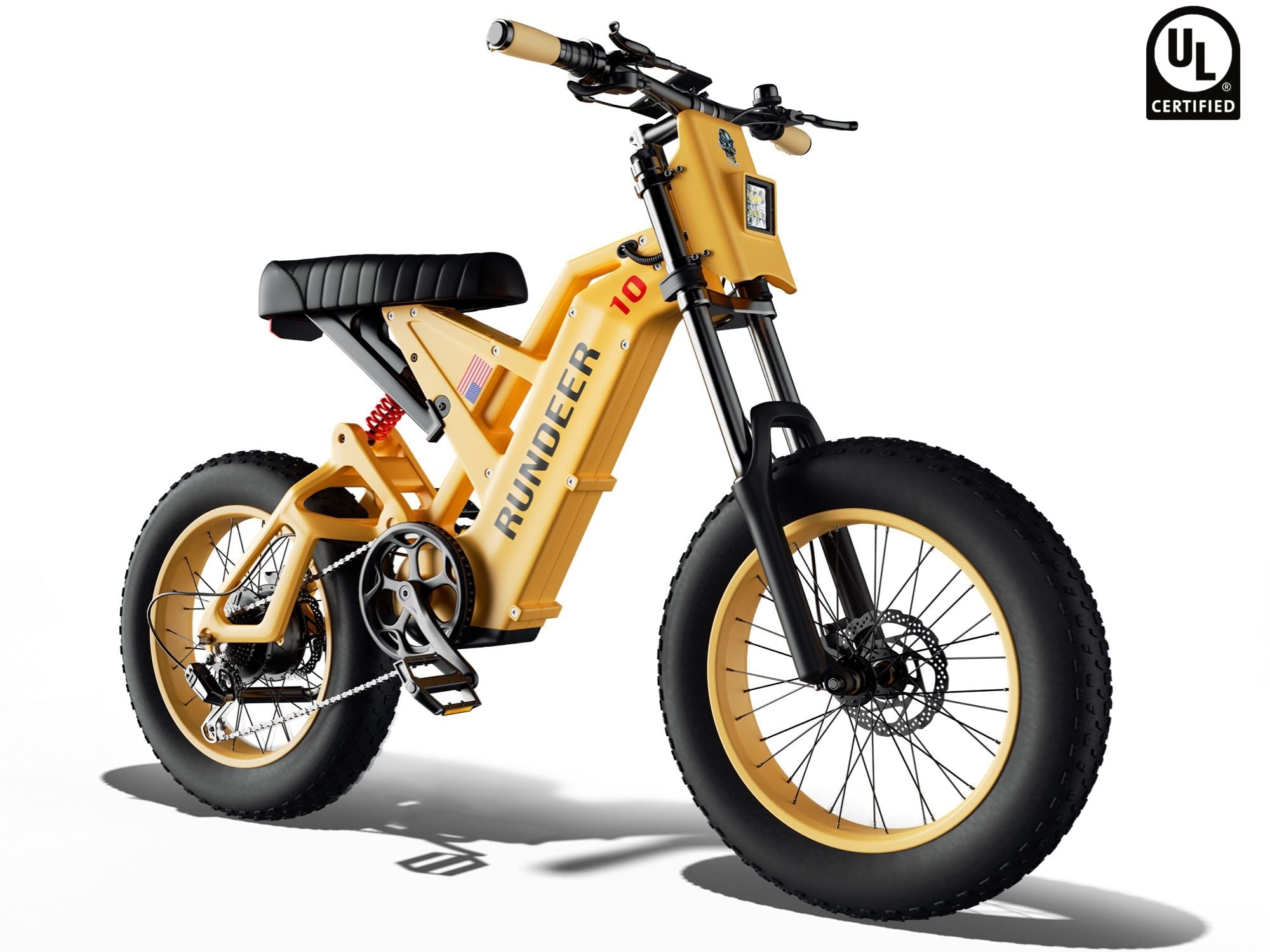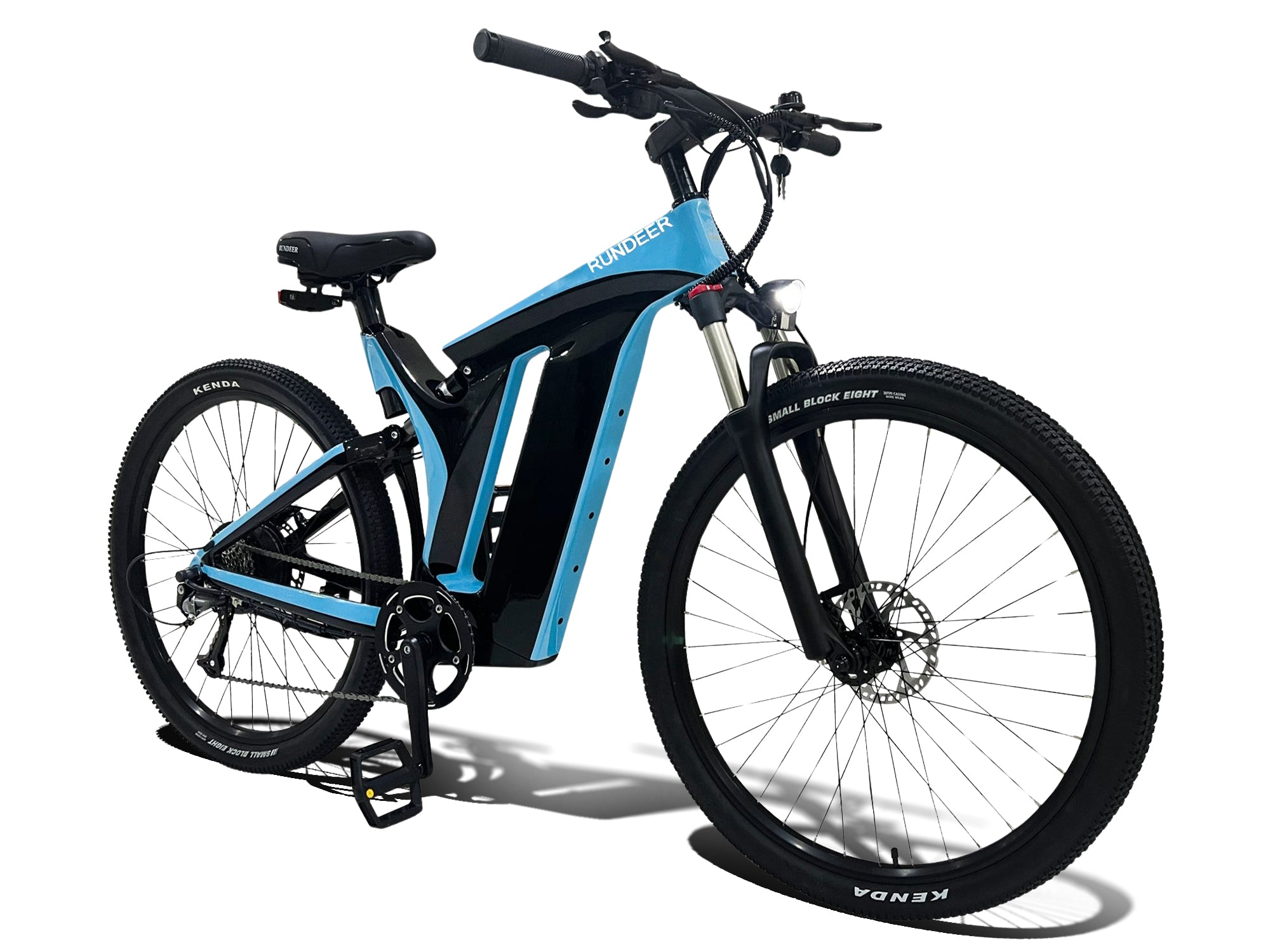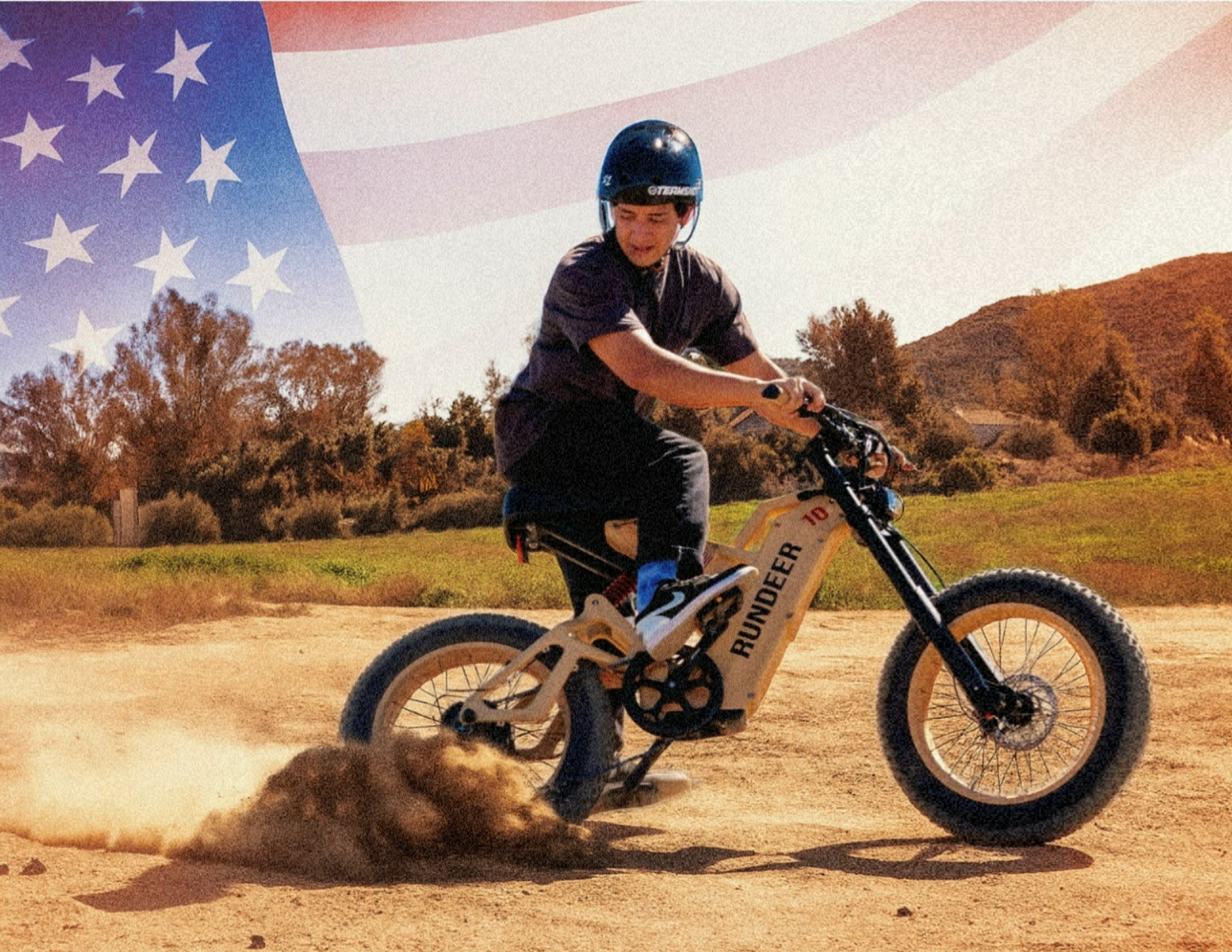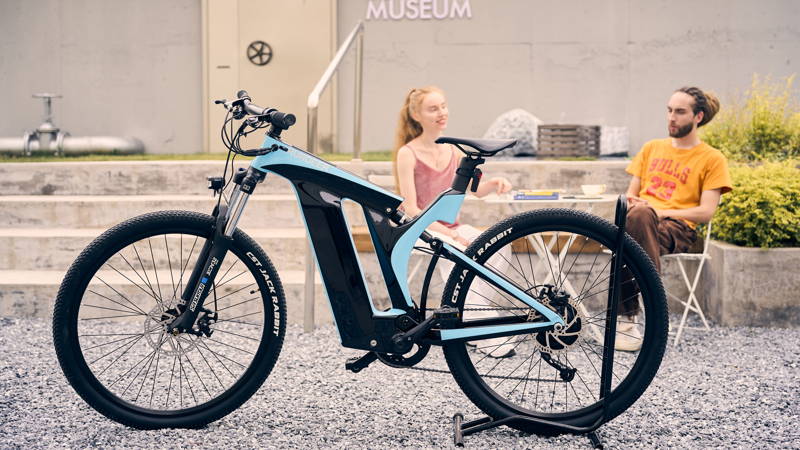
Best Electric Bikes for Climbing Steep Hills
The Most Important Features to Consider When Choosing Electric Bikes for Hills
Powerful motor
If you're looking to ascend steep hills, your bike should be equipped with a motor that offers plenty of climbing power. One of the most popular options is the hub motor - it's positioned at the center of the wheel. Although it won't tackle steep hills, it works seamlessly in flatlands. And because it doesn't use the existing gearing, it will propel your bike directly.
The mid-drive motor, on the other hand, works well for hilly commutes. One of the biggest strengths is that it doesn't depend on the drive train for propulsion. Since the motor is positioned at the center of the bike, it's the best option for steep hill climbs.
Pedal assistance
Pedal assist measures cadence and torque. As the name suggests, it helps with pedaling when you're tired. Or maybe you want to relax for a moment. It's also helpful when ascending steep hills. Generally speaking, the torque sensor detects how hard you push the pedals and offers a corresponding amount of power.
Here is the catch, a poorly designed torque sensor makes your ride feel spongy rather than powerful. Thankfully, you can adjust the pedal assistance to determine how hard you want to pedal while riding. The lowest pedal setting is for seasoned riders, while the medium setting gives a balance between the built-in power and manual pedaling. The highest setting works well for folks who want to climb steep hills.
If you're going uphill, make sure you have at least seven speeds when using pedal assist. You should also shift to the lowest gear to make it easier to climb.
Large Battery
The last thing you want is to run out of battery juice as you ascend those steep inclines. With that in mind, your ebike should have a high-grade battery that can tackle up to 30 miles on a single charge. Besides that, it should have quick-charge capabilities. If you're taking a recreational ride with little hills, you don't need a larger battery.
Better safety features
When riding an ebike, safety comes first. To make the tedious task of climbing the hill a breeze, you need a bike with either mechanical or hydraulic brakes in the front and rear. The frame of the bike also matters. You need a bike with a durable frame and a full suspension system. Other safety features include horns and LED headlights.
Tips About How to Bike Uphill
As a novice rider, going uphill may seem overwhelming. But with the right knowledge and practice, you'll enjoy the challenge of riding uphill. If you want to get better, you should employ strategies for momentum, cadence, and posture. Here are the best tips to help you gain confidence and get to the top.
Know when to sit or stand
For gentle slopes, standing allows you to generate more power. It also keeps the front wheel on the ground and engages different muscle groups. However, riding on a steep hill can make standing uncomfortable. When you stay on the saddle, you get better balance and a smoother cadence. This helps you conserve energy and maintain a more regular breathing tempo. You may want to avoid changing positions as this can interfere with your momentum.
Plan ahead
What kind of hill are you about to climb? Both short and steep hills require a specific riding strategy. The visual presentation comes in at this point. Although the data may not be perfect, you should know how fast or slow you should go.
Work on the climbing cadence
When climbing uphill, a cadence of 60-80 is ideal. Also, a quality pedal stroke helps you avoid disruptions that compromise your balance. An ebike guarantees a smooth pedaling motion and allows you to conserve energy while staying balanced on your bike.
Use your momentum
Before you get to the hill, a little speed will help you get started with the ascent - it will also save your legs. Next, shift to an easier gear as you start the climb. Again, if you shift too early, you may lose momentum. If you're riding small rolling hills, use the descent of one to ride the other. This will also help to save some battery juice on your ebike.
FAQs About Electric Bikes for Hills
Q: Can electric bikes go up hills?
Ebikes are better equipped to handle steep hills and sharp rises on the road. Your bike can have a hub or mid-drive motor. The former is great for flat areas and gentle hills. If your bike has a mid-drive motor, it can manage steep hills quickly. Secondly, your bike should be in the right gear -make sure you use the best pedal assist. Modern turbo-drive motors offer more torque and power for hill climbing.
Q: How much should I expect to spend on an electric bike for hills?
The cost of ebikes will depend on the features it offers. On average, you expect to pay $900 to $2000. To ensure you make a worthwhile investment, you can ask for a test ride before you buy.
Q: How Steep a Hill Can an Electric Bike Climb?
A powerful e-bike can climb hills of 1 in 10 without difficulty. You also get a gradient of 1 in 7 (14%). This effect is nothing short of extraordinary.
Conclusion
For novice riders, a steep hill towards the end of the ride can be intimidating. While ebikes complement human power, they make climbing those steep areas a breeze. If you dread going up the hilly terrain, you should choose your ride carefully. More specifically, you should pay attention to the motor, battery, safety, and pedal-assistant features. Be sure to follow the above tips to enjoy your ride.

